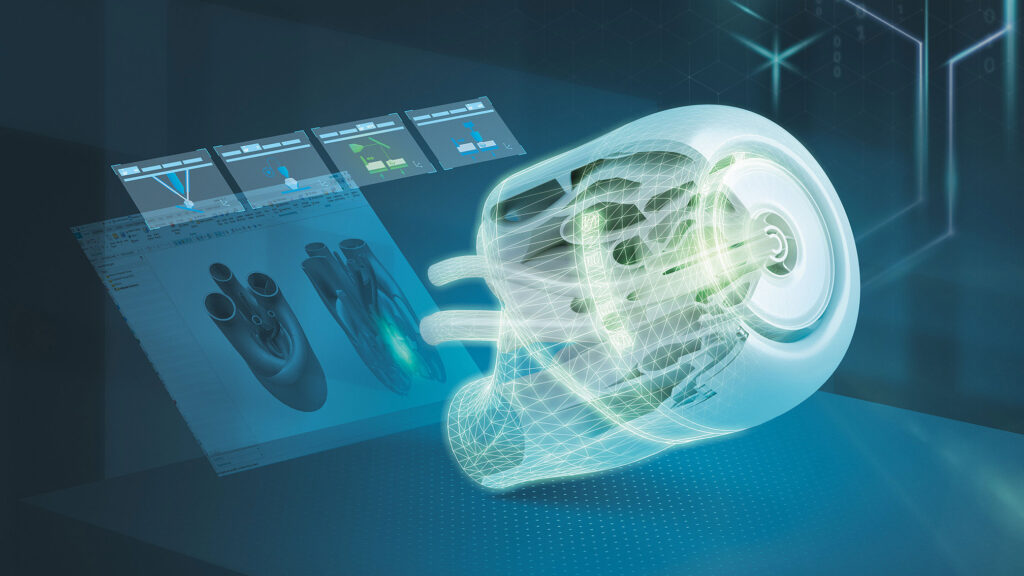Model-based definition and how to embrace it

Achieving a single source of truth with model-based definition
Companies of all sizes are shifting their focus, replacing paper-based drawings with annotated 3D computer-aided design (CAD) models. Model-based definition (MBD) provides engineers with a clear understanding and method for communicating throughout the design and development process, reducing the number of costly amendments across the project lifecycle and allowing engineers to complete their jobs efficiently.
Documentation in the product design and development process defines the specifications to which components and assemblies must adhere. It provides manufacturers with the information required to plan, build and optimize next-generation products.
MBD provides a single source of truth: the 3D model. Annotated 3D CAD models provide a complete Digital Twin and convey critical information, including geometric details, annotations, bill-of-materials (BOM), surface information, metadata, and other digital data. This data helps engineers understand and communicate critical information throughout the product development process, increasing clarity, removing redundancy, and improving collaboration between manufacturers and suppliers.
Embracing MBD design
In our latest eBook, we explore several topics to help you accelerate your transition, including key market trends, critical capabilities needed to unlock the benefits of using 3D models, high-level processes for MBD automation, authoring, communication, and collaboration. Download the eBook →

What’s next for the MBEs of 2040
In the next 15-20 years, we expect MBEs to make breakthroughs in generative design for complex assemblies, automated design simulation, advanced manufacturing of complex assemblies, supply chain towers and data assets, information flow, and real-time insights. In a recent study by Deloitte, it was found that companies that switch to Digital Twins and move to become model-based enterprises (MBEs) see significant savings between 70% and 80%.
Ready to get started? Our market-leading digital transformation experience, deep industry knowledge, and a full breadth of digital product development software capabilities can help your organization achieve better results and see improvements in development efficiency, faster time to market, reduction of product cost, and a decrease of cost of quality.



Comments